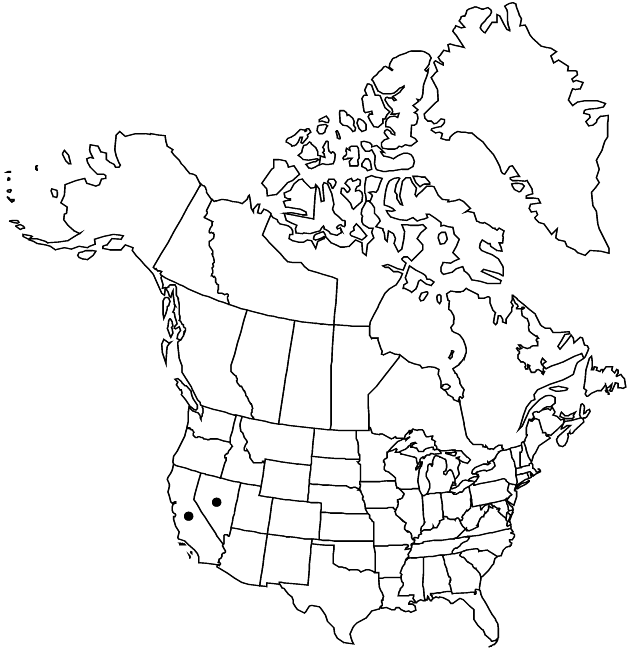Erigeron pygmaeus
Fl. Francisc., 390. 1897.
Perennials, 1–6 (–14) cm; taprooted, caudex branches relatively thick, retaining old leaf-bases. Stems erect, hirtellous to sparsely hirsute (hairs straight-spreading, not deflexed), densely minutely glandular. Leaves basal (persistent) and cauline (petioles prominently ciliate, hairs spreading, thick-based); blades linear to narrowly oblanceolate or subspatulate (usually folding), 20–35 (–45) × 2–4 mm; cauline often abruptly reduced distally, margins entire, faces hirsuto-strigose, densely minutely glandular. Heads 1. Involucres 4–7 × 6–15 mm. Phyllaries in 2–3 series (commonly purplish to purplish black, sometimes only at tips, midvein region greenish), hirsute, densely minutely glandular. Ray-florets 20–37; corollas usually blue or purple, rarely white, 4–10 mm, laminae tardily, often only slightly, reflexing. Disc corollas 3.7–5.3 mm (throats tubular). Cypselae 2.3–2.8 mm, 2-nerved, faces sparsely strigose; pappi: outer of inconspicuous, fine setae, inner of 15–25 bristles. 2n = 18.
Phenology: Flowering Jul–Aug.
Habitat: Rocky ridges or slopes, often talus, above timberline, sometimes alpine
Elevation: 2900–4100 m
Discussion
Erigeron pygmaeus is found in the Sierra Nevada.
Selected References
None.
